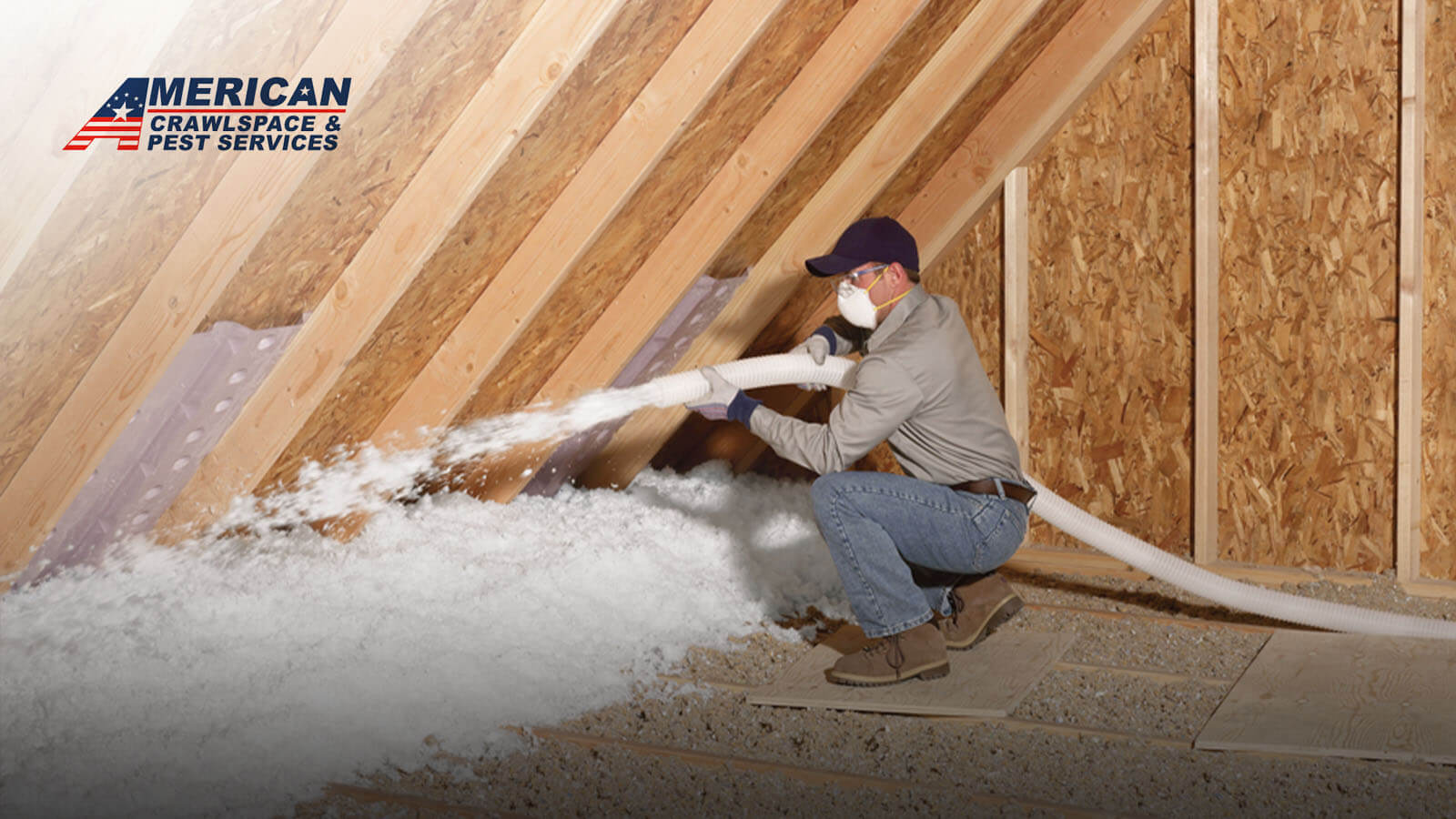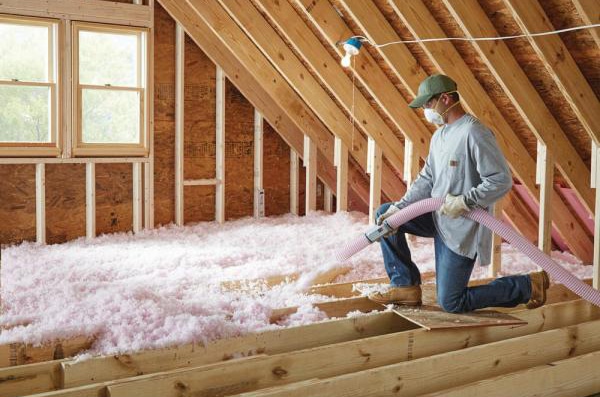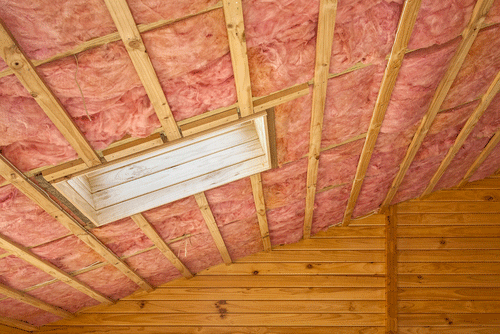Attic Insulation DFW: The Key to Lower Energy Bills and Improved Home Convenience
Attic Insulation DFW: The Key to Lower Energy Bills and Improved Home Convenience
Blog Article
Enhancing Home Comfort: The Key Advantages of Attic Insulation and the Various Kind Available for Optimal Performance
Attic insulation plays a vital function in improving home comfort by regulating indoor temperatures, decreasing power expenses, and improving general air top quality. With a variety of insulation types offered, including fiberglass batts, blown-in fiberglass, cellulose, and spray foam, each alternative provides unique benefits fit to different home owner requirements.
Value of Attic Insulation

Appropriate attic insulation is vital for boosting total home comfort. Inadequate insulation can cause temperature level variations and drafts, leading to an unpleasant living atmosphere. Furthermore, poor insulation might add to dampness problems, such as condensation and mold growth, which can compromise structural honesty and interior air high quality.
The effectiveness of attic room insulation is affected by elements such as the sort of insulation product used, its R-value, and the installment high quality. Choosing the suitable insulation type ensures ideal efficiency and longevity, making it essential for homeowners to consider their particular requirements and regional climate problems. Eventually, buying quality attic insulation is a basic action toward achieving a much more comfortable, energy-efficient, and sustainable home.
Benefits of Proper Insulation

Moreover, correct insulation plays a vital function in improving indoor air quality. By producing an obstacle against outside toxins and allergens, it assists keep a healthy and comfortable living setting. This is particularly crucial for people with breathing issues or allergic reactions.
Along with power financial savings and improved air quality, reliable insulation can significantly boost the total comfort of a home. By preserving constant temperatures throughout the space, it lowers the danger of drafts and cool spots, developing a more positive ambience.
Finally, proper insulation can raise the resale worth of a home. Possible buyers are commonly brought in to homes with energy-efficient features, making it a smart investment. In recap, the benefits of appropriate insulation incorporate power efficiency, enhanced indoor air quality, boosted comfort, and boosted building value, making it a crucial consideration for homeowners.
Types of Attic Insulation
What alternatives are offered for protecting your attic room? There are a number of kinds of attic room insulation, each with unique characteristics and benefits. One of the most typical types include fiberglass batts, blown-in fiberglass, cellulose, and spray foam insulation.
Fiberglass batts are pre-cut panels that fit between joists and rafters, supplying an affordable service. They are very easy to set up however might leave gaps otherwise fitted important source exactly. Blown-in fiberglass, on the various other hand, is perfect for filling up irregular spaces and can be easily used utilizing customized equipment.

Finally, spray foam insulation supplies an air-tight seal and remarkable thermal resistance. It increases upon application, loading fractures and gaps, making it effective for minimizing air leakages. It has a tendency to be more costly than various other options.
Each kind of attic room insulation has actually special advantages customized to particular job requirements, permitting property owners to choose the very best fit for their convenience, budget, and environmental considerations.
Installation Process Introduction
When thinking about attic insulation, recognizing the installation procedure is critical for achieving optimal outcomes. The initial step includes examining the attic room room to identify the kind and quantity of insulation required. This analysis includes looking for existing insulation, identifying air leaks, and gauging the attic room's measurements to make certain adequate insurance coverage.
Next, it is vital to prepare the attic room location. This may include cleaning out any kind of read this article debris and ensuring proper ventilation. Safety and security precautions, such as putting on protective equipment and making certain proper lighting, should be prioritized during this stage.
As soon as the attic room is prepared, the picked insulation product can be mounted. For blown-in insulation, specialized equipment is used to uniformly disperse the material throughout the attic room flooring.
Maintenance and Upkeep Tips
Correct upkeep and maintenance of attic room insulation are important to guarantee its long-lasting effectiveness and power efficiency. Routine examinations should be performed a minimum of as soon as a year to determine any type of signs of insect, damage, or dampness problems. Seek sagging insulation, which can show compression or dampness buildup, and make certain that the insulation continues to be equally dispersed across the attic room floor.
Attending to any leaks in the roof covering or wall surfaces is vital, as water damages can jeopardize insulation efficiency. Furthermore, check for appropriate ventilation in the attic room to stop warmth build-up and wetness retention, which can cause mold growth and lowered insulation performance.
If you observe any type of problems, speak with an expert to assess the scenario and suggest suitable repairs or substitutes. It is likewise suggested to maintain the attic area devoid of debris and unnecessary products, as mess can obstruct airflow and lessen insulation efficiency.
Lastly, take into consideration adding or updating insulation if your home has experienced significant adjustments, such as remodeling or a boost in power expenses. Attic Insulation DFW. Keeping optimal insulation levels not just improves convenience however additionally adds to long-lasting energy financial savings
Final Thought
To conclude, effective attic room insulation plays a vital function in enhancing home read what he said convenience by regulating indoor temperatures, minimizing energy prices, and improving air top quality. The selection of suitable insulation types, such as fiberglass batts, blown-in fiberglass, cellulose, or spray foam, can considerably impact overall performance. Appropriate setup and recurring maintenance additional make certain that insulation functions efficiently, ultimately adding to a much more energy-efficient and comfortable living environment for home owners.
Attic insulation plays a crucial duty in enhancing home comfort by managing interior temperatures, minimizing energy costs, and boosting overall air quality.Appropriate attic insulation is crucial for improving total home comfort.The effectiveness of attic room insulation is affected by aspects such as the type of insulation material utilized, its R-value, and the installment top quality. Look for drooping insulation, which can suggest compression or dampness buildup, and ensure that the insulation continues to be uniformly dispersed across the attic room flooring.
In final thought, effective attic insulation plays a crucial duty in improving home comfort by regulating indoor temperatures, minimizing power expenses, and enhancing air top quality.
Report this page